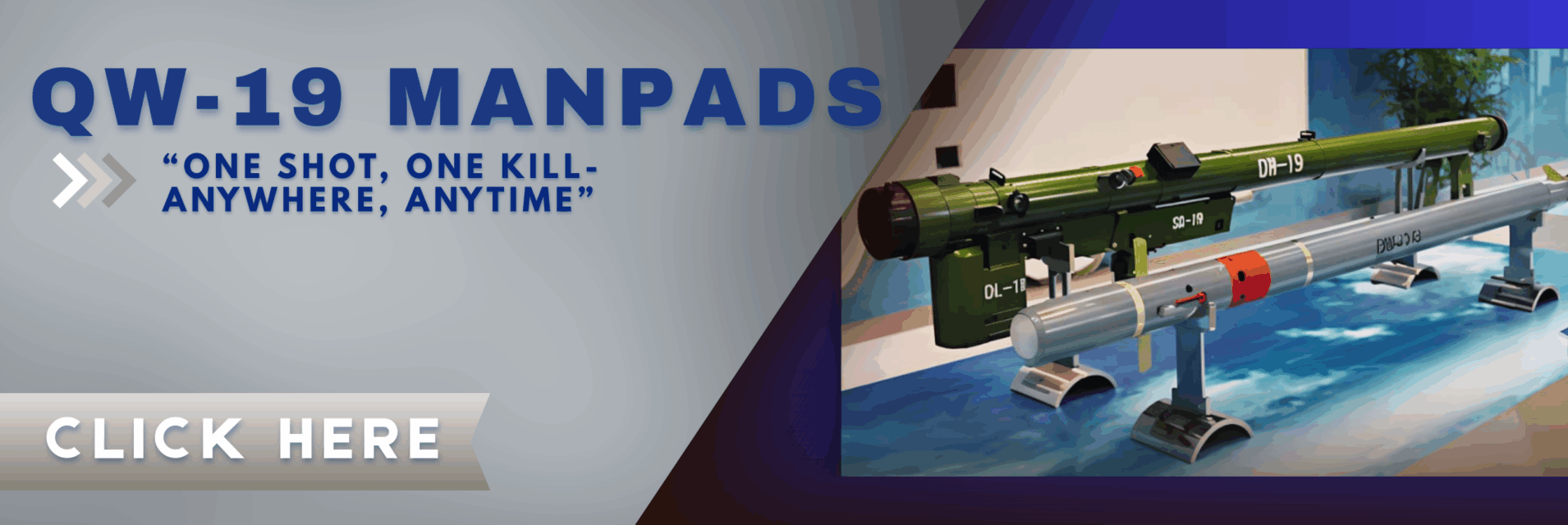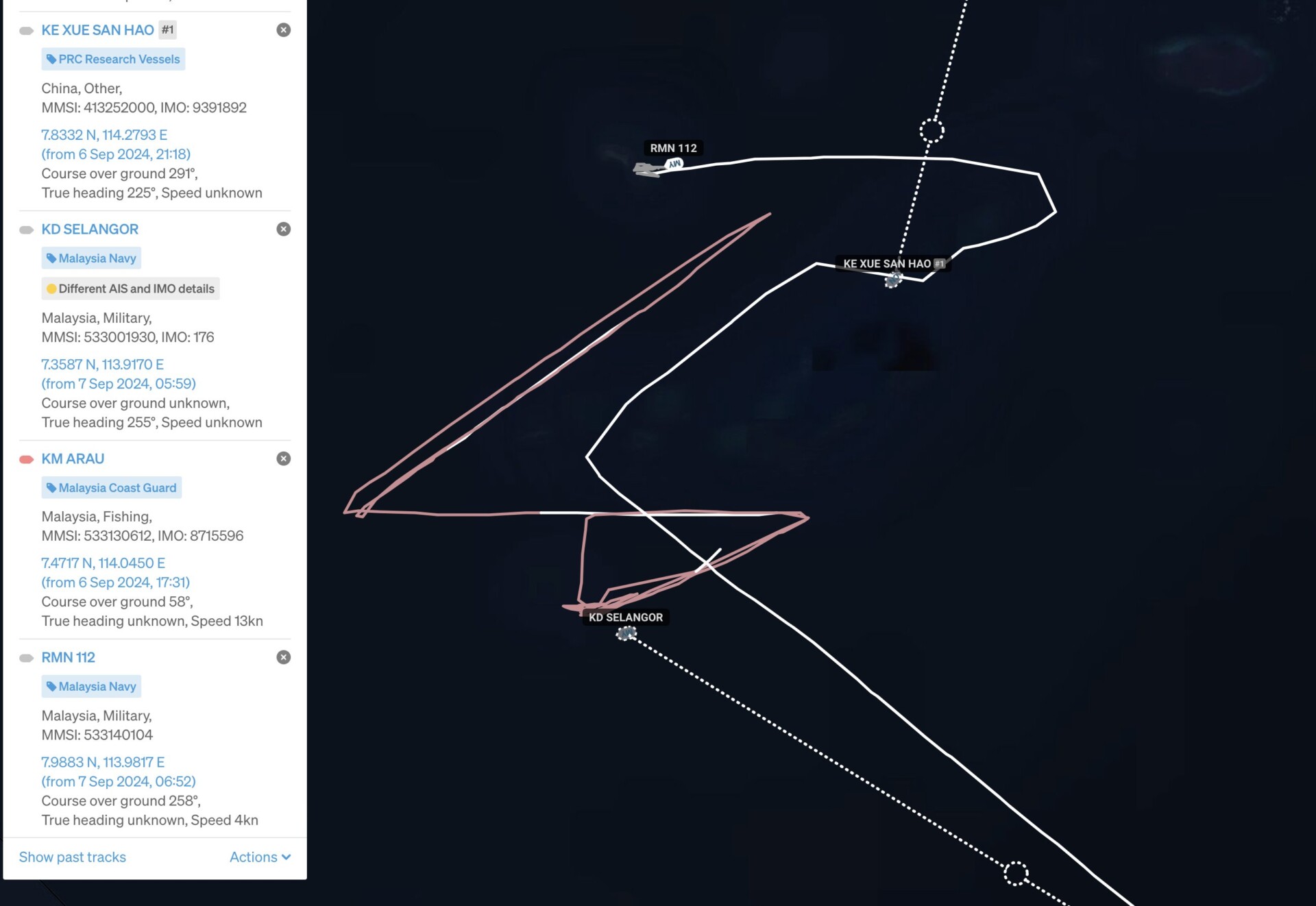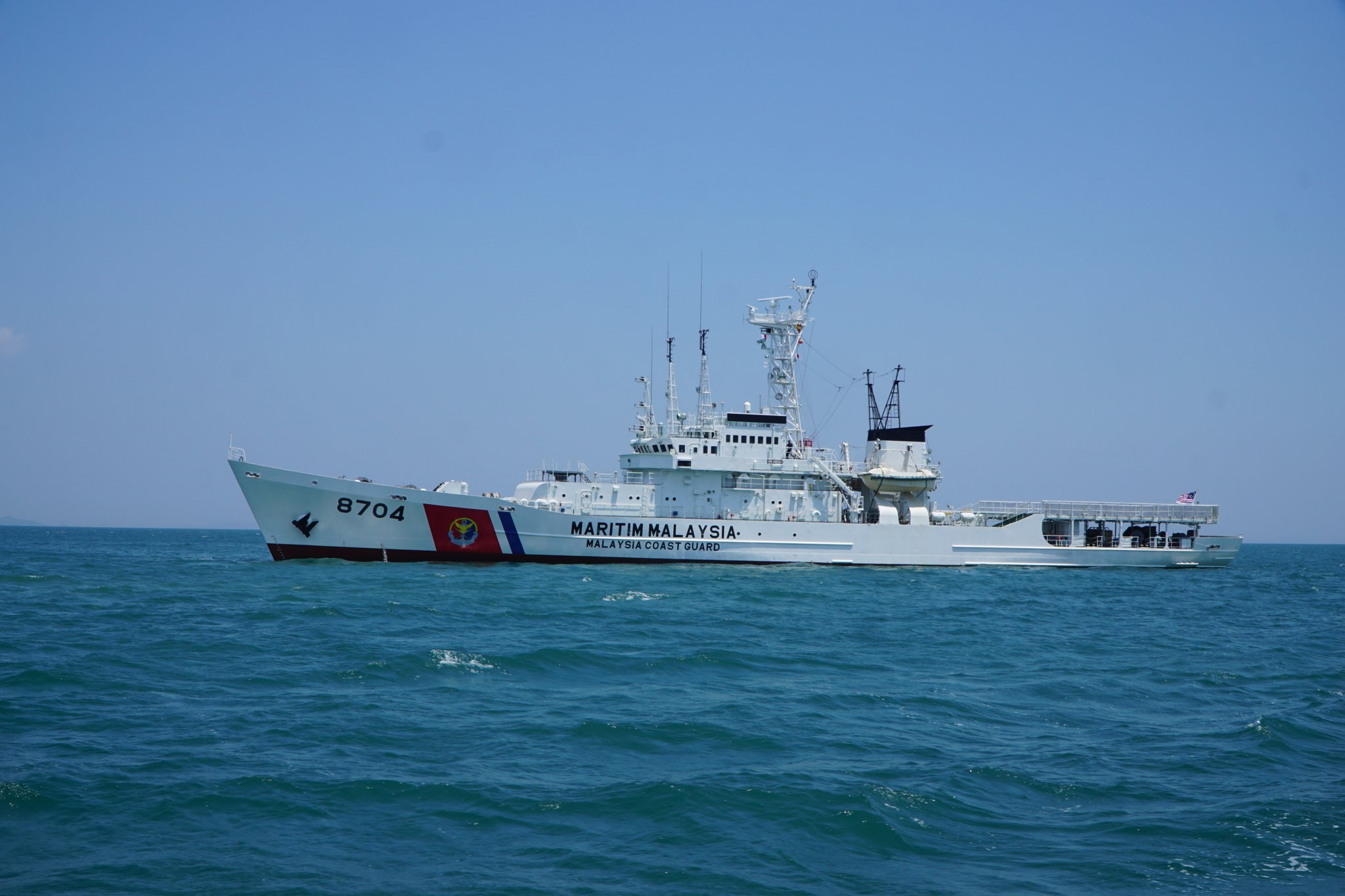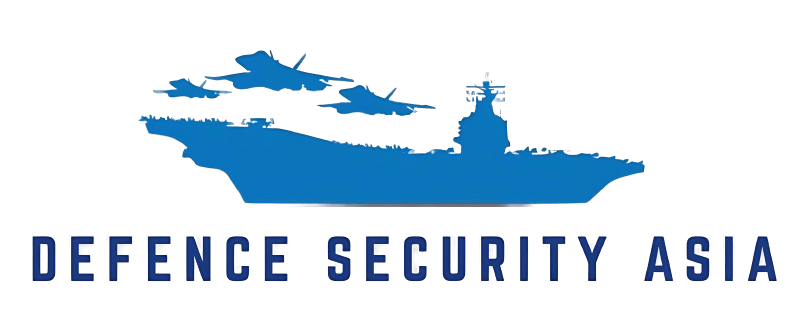China Now Sends Research Vessel for Unauthorized Activities in Malaysia’s EEZ Waters
Following the detection of three Chinese coast guard vessels in Malaysia's Exclusive Economic Zone (EEZ) near a national oil and gas development site, Beijing has now dispatched its research vessel, *Ke Xue San Hao*, to conduct unauthorized research near Ardasier Bank (Terumbu Ubi), which is clearly within Malaysian EEZ waters.


(DEFENCE SECURITY ASIA) – A Chinese research/survey vessel, “Ke Xue San Hao”, has been detected conducting unauthorized research activities near Ardasier Bank (Terumbu Ubi), located within Malaysia’s Exclusive Economic Zone (EEZ) in the South China Sea.
Ardasier Bank lies approximately 150 nautical miles from Kota Kinabalu, clearly within Malaysia’s EEZ as established by the United Nations Convention on the Law of the Sea (UNCLOS).
According to international maritime observer Ray Powell, in a post on the social media platform X today, the presence of the Chinese vessel has drawn the attention of the Royal Malaysian Navy (RMN) ships KD Sundang and KD Selangor, as well as the Malaysian Maritime Enforcement Agency (MMEA) vessel KM Arau.
The RMN and MMEA ships are likely “shadowing” the Chinese research vessel.
Powell, a former U.S. Air Force colonel and head of the Myoushu Project at Stanford University’s Gordian Knot Center for National Security Innovation, noted that “Ke Xue San Hao” may also be accompanied by Chinese coast guard vessels, although he did not mention their presence in his post.

The Chinese research vessel entered Malaysia’s EEZ to conduct seabed research related to natural resources, including oil and gas, following similar activities in the EEZs of Vietnam and the Philippines.
While in the Philippine EEZ, the Chinese vessel was reportedly escorted by a massive coast guard ship, known as “The Monster” for its immense size, weighing 12,000 tons.
“Ke Xue San Hao” was built in 2006, designed by the Marine Design and Research Institute of China, and constructed by Wuchang Shipbuilding Industry Co.
The vessel owned by China Institute of Oceanology is equipped with advanced technology for comprehensive marine and seabed studies.
Just a few days ago, Powell also reported the presence of three Chinese coast guard vessels in Malaysian EEZ waters in the South China Sea.
These vessels were identified as CCG 5403, CCG 5102, and CCG 5402.

Ship tracking data suggests that CCG 5403 and CCG 5102 were likely near the Kasawari gas development area, operated by Petronas in Block 316, well within Malaysia’s EEZ.
Petronas Carigali, a wholly-owned subsidiary of Petronas, is responsible for developing and operating the Kasawari Gas Field, which is valued in the billions of ringgit.
Discovered in November 2011, the field, located offshore in the South China Sea near Sarawak, is estimated to contain three trillion cubic feet (TCF) of recoverable natural gas, which can be processed and commercialized.
The Kasawari Gas Field will produce up to 900 million cubic feet of gas per day and 3.5 million barrels of condensate daily.
Gas extracted from the field will be transported via pipeline to Petronas’ LNG complex in Bintulu, Sarawak.
The presence of Chinese coast guard and research vessels in Malaysian waters comes amid the leak of a diplomatic note from China’s Ministry of Foreign Affairs to Malaysia’s embassy in Beijing, dated February 18, which demands an immediate halt to all oil exploration activities in Sarawak’s resource-rich waters.


The note protests Malaysia’s exploration efforts at Beting Raja Jarum and Beting Patinggi Ali (referred to as Beikang Ansha and Nankang Ansha by China in the note), which are part of the Spratly Islands and claimed by Malaysia as part of its EEZ.
China argues that Malaysia’s activities are unilateral actions that violate China’s rights in the area and contravene the Declaration on the Conduct of Parties in the South China Sea (DOC) and UNCLOS.
China claims most of the South China Sea through its controversial “Nine-Dash Line,” which includes the Spratly Islands.
While expressing “strong dissatisfaction” with Malaysia’s oil and gas exploration, the note also invites Malaysia to engage in dialogue and cooperation.
When asked about China’s diplomatic note, Prime Minister Datuk Seri Anwar Ibrahim firmly stated that Malaysia would continue its oil exploration activities within its territorial and EEZ waters despite China’s request for an immediate halt to operations in Sarawak waters.

“China is our friend, but we must operate within our waters to ensure we benefit from these activities, including drilling (of oil and gas sources) in our territorial areas.
“(Even though) Beijing protests because they believe the area is theirs, we must continue (our activities) because this concerns our nation’s economic survival,” the Prime Minister told Malaysian reporters during a press conference on the final day of his working visit to Russia a few days ago. – DSA


Comments are closed.